How to Make Two Types of Meringue
The combination of egg whites, sugar, and some high-speed whisking creates a versatile meringue that can be used in dozens of desserts, from the classic French meringue cookie to show-stopping cupcakes with Swiss meringue buttercream. Mastering the art of meringue will unleash a world of possibilities that will help you step up your dessert game.
Two common types of meringue are French and Swiss. The main ingredients are the same, but the techniques are varied, resulting in differences of texture, stability and best uses in desserts. Read on and watch our video to learn how to make French and Swiss meringues.
What You’ll Need
• 4 egg whites, room temperature
• 1 cup granulated sugar
• 1/8 teaspoon cream of tartar or 1/2 teaspoon lemon juice
• 2 teaspoons Nielsen-Massey Madagascar Bourbon Pure Vanilla Extract
buy now
• Stand mixer or hand mixer with whisk attachments
• Candy thermometer
• Whisk
• Mixing bowl
• Medium pot
Steps
1. In the bowl of a stand mixer fitted with a whisk attachment (or in a large bowl with a handheld mixer), mix egg whites and cream of tartar (or lemon juice) on medium-high speed until the eggs are frothy and loosely foaming.
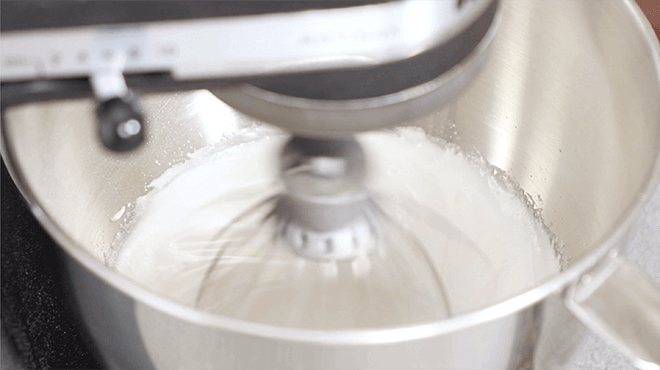
2. Add in sugar while whisking, one tablespoon at a time. Wait until sugar has fully dissolved before adding the next tablespoon.

3. Mix until firm peaks form, around 5-7 minutes.
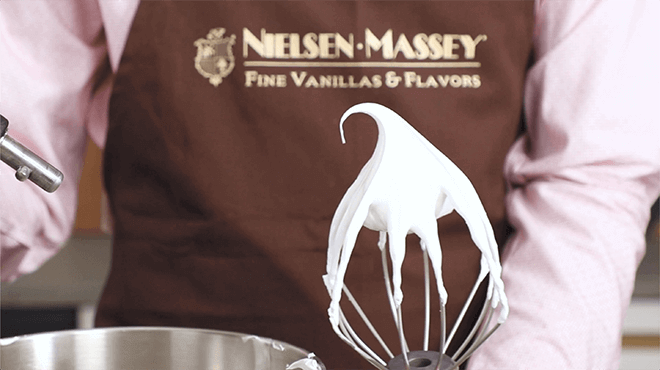
4. Add in vanilla extract and continue mixing until meringue is glossy and stiff peaks form.
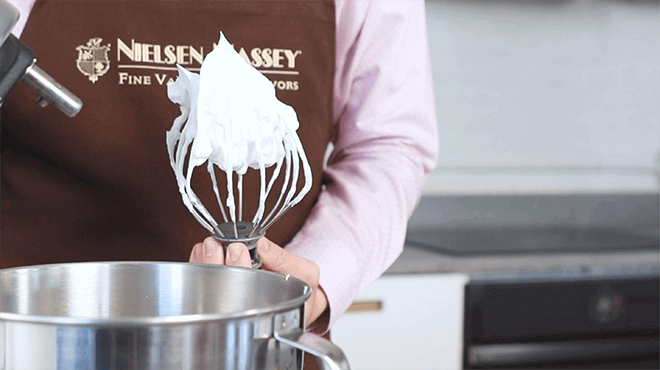
1. Heat 1 inch of water in a medium pot until simmering.
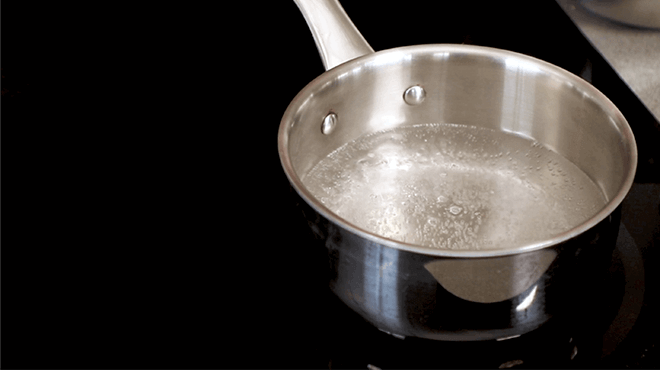
2. In the bowl of a stand mixer fitted with a whisk attachment (or in a large bowl with a handheld mixer), lightly whisk together egg whites, sugar and cream of tartar or lemon juice, about 1 minute.
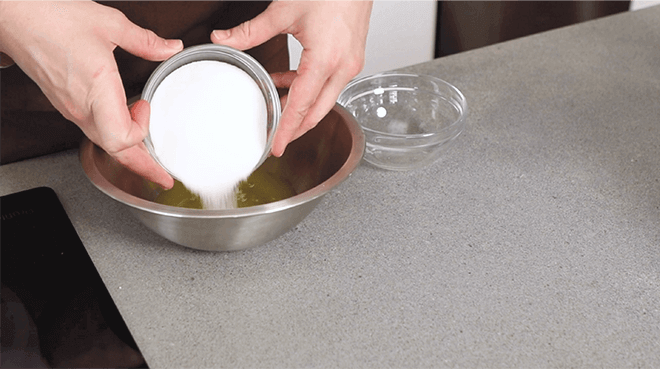
3. Place the mixing bowl over the water to create a double boiler. Continue to whisk the egg whites and sugar by hand until the sugar has completely dissolved and the mixture reaches 175°F (79°C). Check to see if sugar has dissolved by rubbing a bit of the mixture between your thumb and finger. When the sugar has fully dissolved, you will no longer feel the sugar grains.
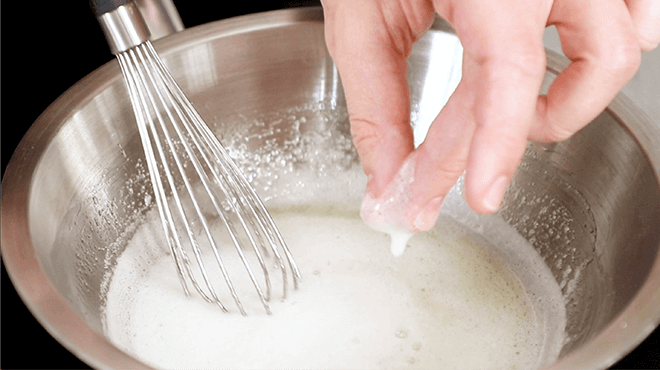
4. Once sugar has fully dissolved, remove the bowl from heat and whisk with a hand mixer or stand mixer on high until stiff peaks form, about 5-7 minutes.
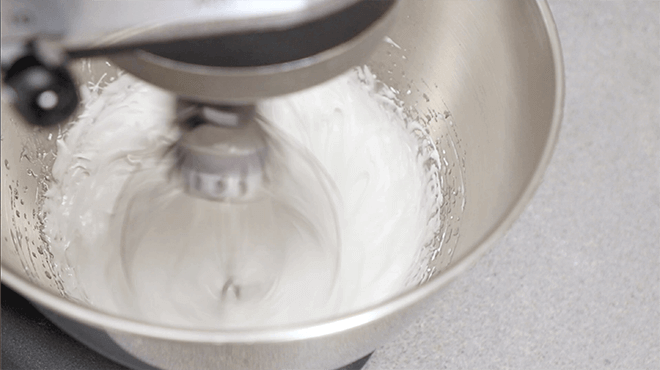
5. Add vanilla extract and whip for 10-30 more seconds to incorporate.
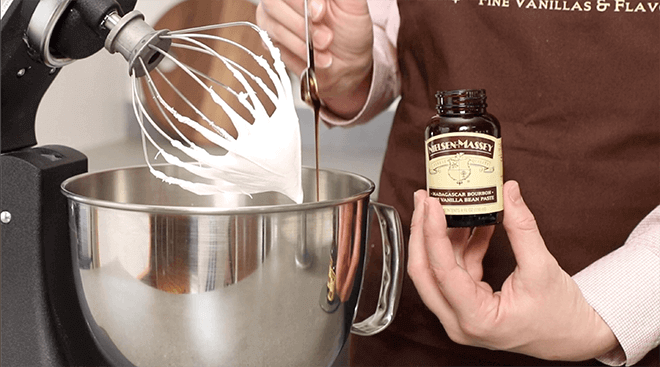
Pro Tips
Mixing bowl material matters: Any fat (such as egg yolk or oil) that is present while making a meringue can keep the meringue from properly forming. Plastic is slightly porous by nature and might trap a small amount of fat even if it has been cleaned, so it is best to make meringues in clean glass or metal mixing bowls.
French meringue is soft and airy, making it one of the least stable meringues. It needs to be cooked and is best for incorporating into baked goods, such as meringue cookies, or folded into the batters of lighter desserts, such as angel food cake and soufflés. French meringue should be used immediately after making, or it will “weep” — the moisture will start to separate from the rest of the meringue.
Swiss meringue is more stable and has a marshmallow-like texture. Unlike a French meringue, the eggs have been slowly cooked over the double-boiler. Swiss meringue is best for pavlovas, pie toppings and making silky Swiss buttercream frosting.
